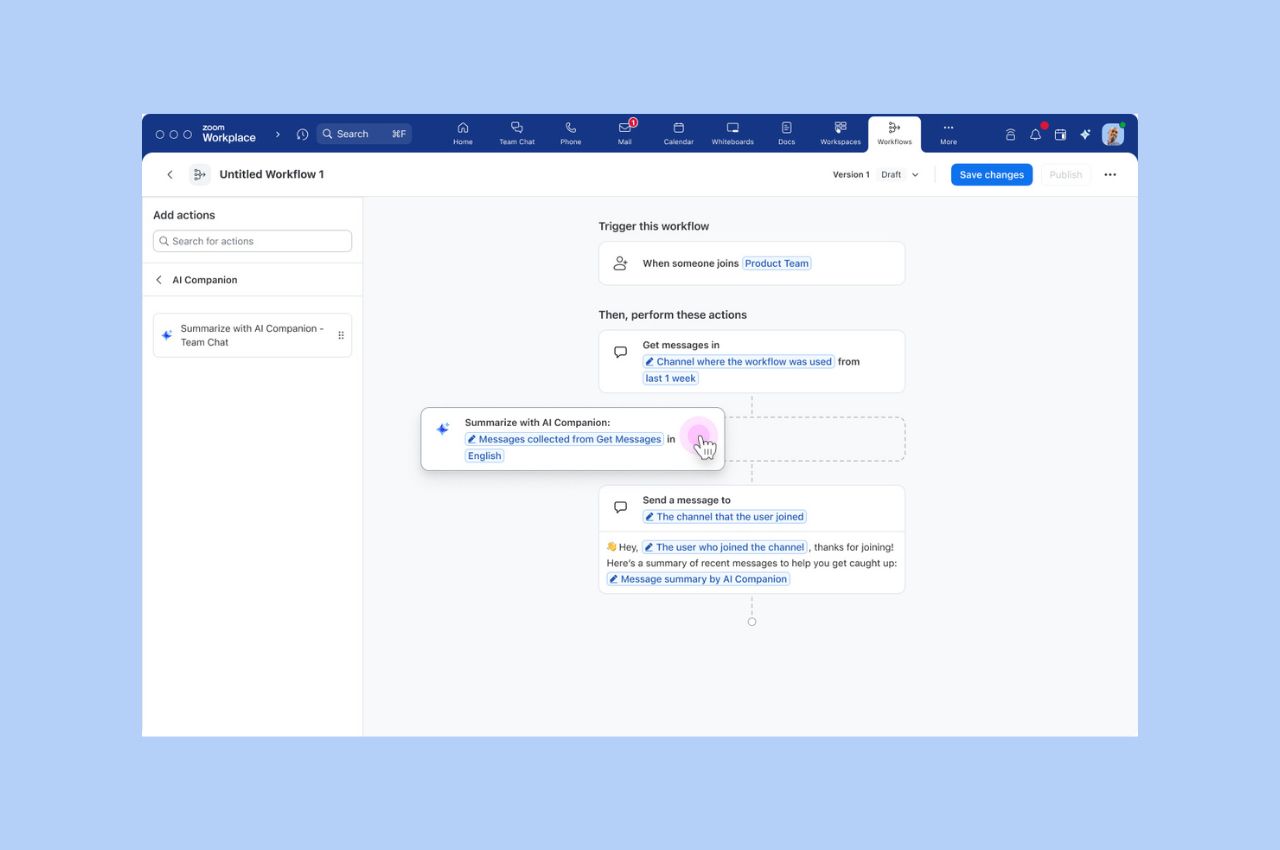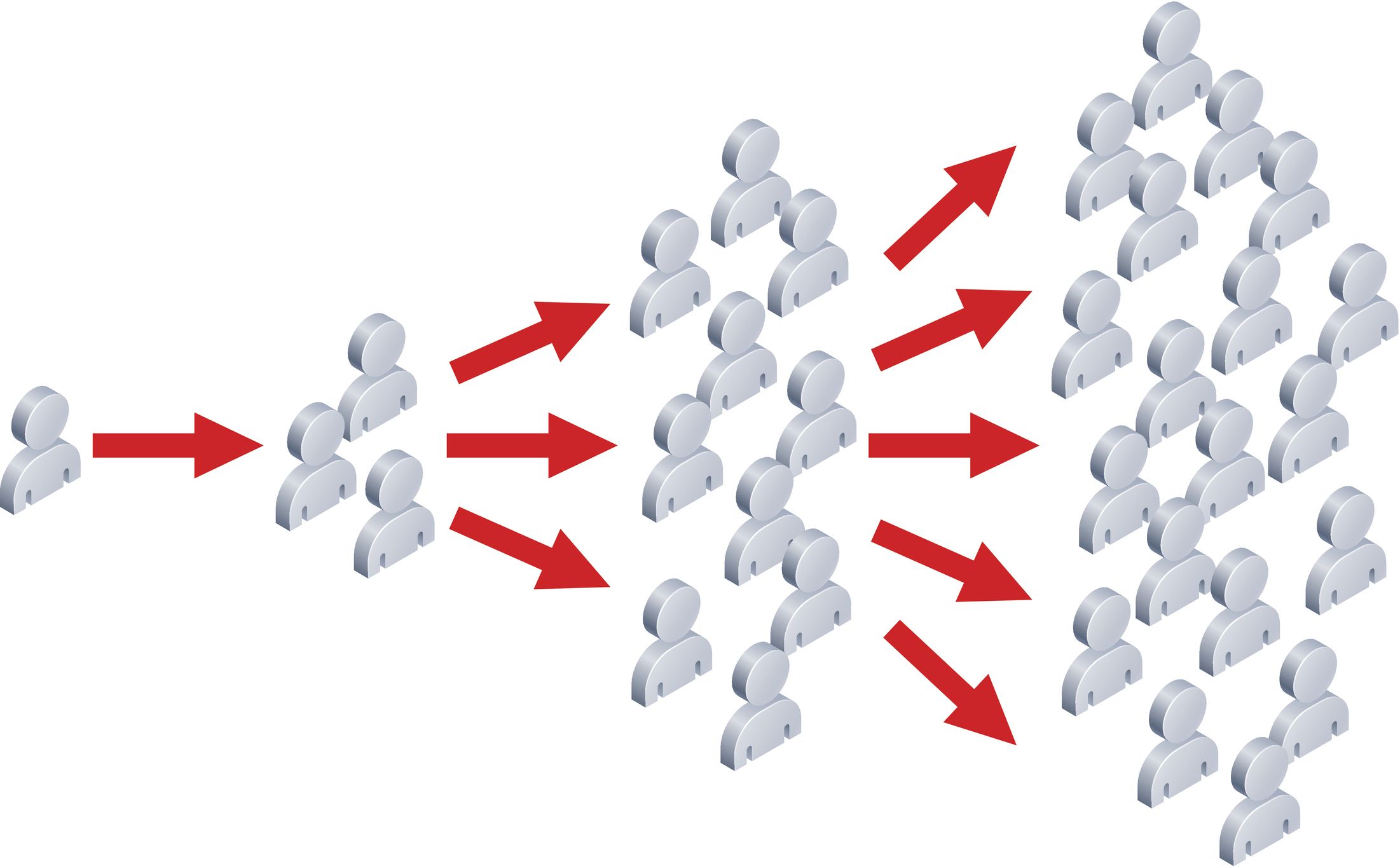
Workflow Automation tips: Save your team hours with automated workflows for common tasks
Zoom Workflow Automation allows you to create automated workflows for common tasks like responding to chat messages, helping your team save time.
Updated on September 29, 2022
Published on June 26, 2019

Zoom is excited to announce an increase in our Business users’ base capacity for video meetings. As part of the latest platform update, Zoom customers with Business subscriptions can enjoy three times as many video participants in their meetings at no additional cost — and without doing a thing. Increasing capacity from 100 to 300 video participants for Business subscribers ensures more people can reliably participate in your Zoom video-enabled meetings. The fact is, there are communications services that may offer high meeting capacities, but the fine print often tells a different story when it comes to how many can participate using video. That’s because on traditionally architected communications platforms, meeting attendees tend to experience a drop in quality as more people join via video. (Think about how well your home wi-fi network would stand up if everyone in the house started streaming video on multiple devices at the same time.) At Zoom, we are committed to supporting our great customers, and we want to ensure that our Business subscribers have all the video capacity and quality they need for their important meetings. Further, such an increase is made possible in the way the Zoom platform is engineered, and we wanted to share more about how Zoom’s architecture is able to support increased video capacity with ease.
No other solution on the market provides a single, integrated, video-first communications platform that is easy to use and designed to provide every global user a reliable, quality meeting experience. If you’re ready to deploy and scale high-quality, intuitive video communications across your organization, sign up for a 1-on-1 demo with a Zoom product specialist today. And for our Business subscribers, enjoy your new video capacity!